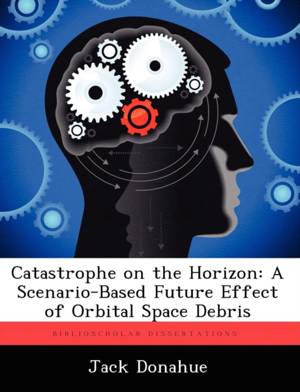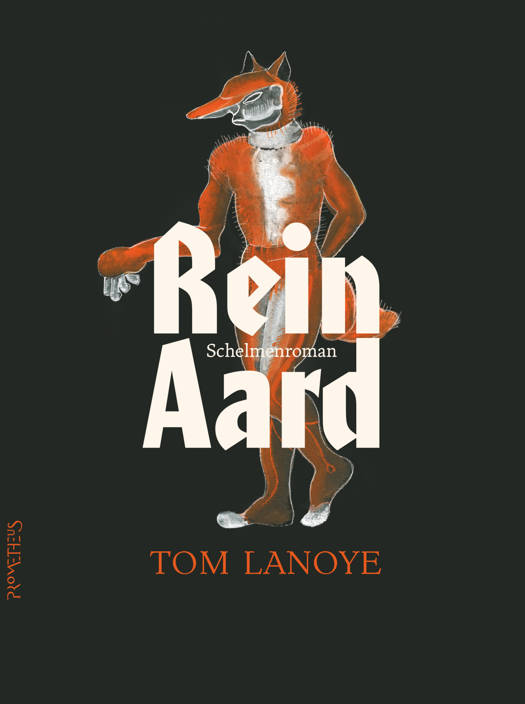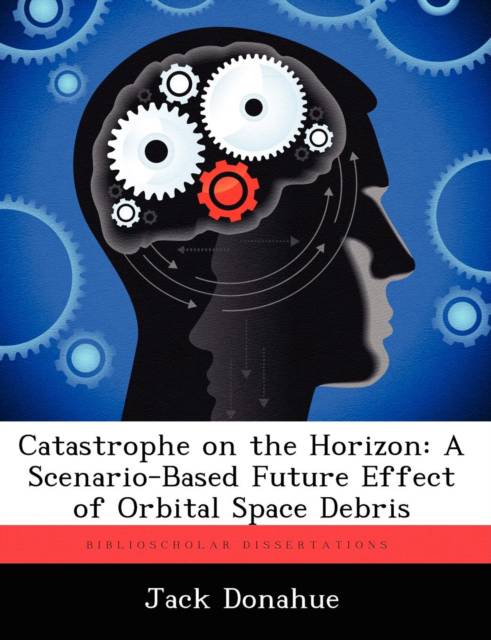
- Afhalen na 1 uur in een winkel met voorraad
- Gratis thuislevering in België vanaf € 30
- Ruim aanbod met 7 miljoen producten
- Afhalen na 1 uur in een winkel met voorraad
- Gratis thuislevering in België vanaf € 30
- Ruim aanbod met 7 miljoen producten
Zoeken
Omschrijving
Orbital space debris can be defined as dead satellites, discarded rocket parts, or simply flecks of paint or other small objects orbiting the earth. It is simply space ―junk,‖ but junk that can be extremely dangerous to space assets. Most of the debris concerns are associated with satellites and manned space missions in Low-Earth orbit (LEO). LEO extends out to about 5,000 kilometers from the earth's equator.1 There are two other bands of orbits that contain satellites. The first, Geosynchronous-Earth orbit (GEO) is the outer most band and extends out to approximately 35,888 kilometers. The second is the Medium-Earth (MEO) orbit which is located between LEO and GEO in the approximate range of 10,000 to 20,000 kilometers. Typically, satellites in GEO and MEO are shielded (hardened) from harmful effects of space such as radiation and are more resilient.2 However, there are roughly 300,000 small objects (chips of metal or specks of paint) that are too small to be tracked (merely four millimeters in size), but large enough to do potential harm to any object they would strike given the enormous speeds of collision implied by orbiting objects.
Specificaties
Betrokkenen
- Auteur(s):
- Uitgeverij:
Inhoud
- Aantal bladzijden:
- 44
- Taal:
- Engels
Eigenschappen
- Productcode (EAN):
- 9781249828709
- Verschijningsdatum:
- 17/10/2012
- Uitvoering:
- Paperback
- Formaat:
- Trade paperback (VS)
- Afmetingen:
- 189 mm x 246 mm
- Gewicht:
- 95 g

Alleen bij Standaard Boekhandel
+ 108 punten op je klantenkaart van Standaard Boekhandel
Beoordelingen
We publiceren alleen reviews die voldoen aan de voorwaarden voor reviews. Bekijk onze voorwaarden voor reviews.











